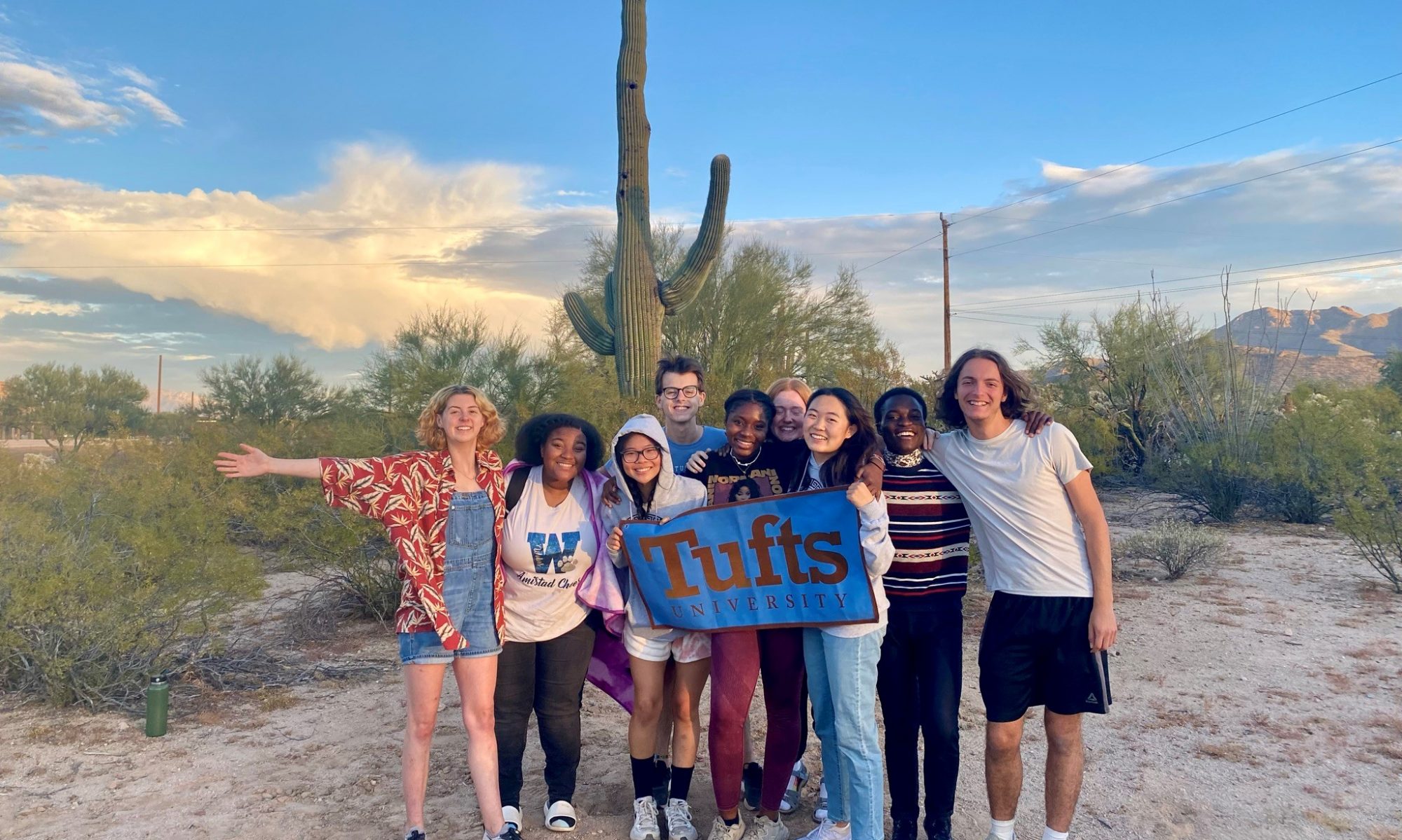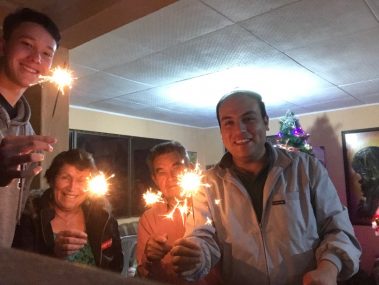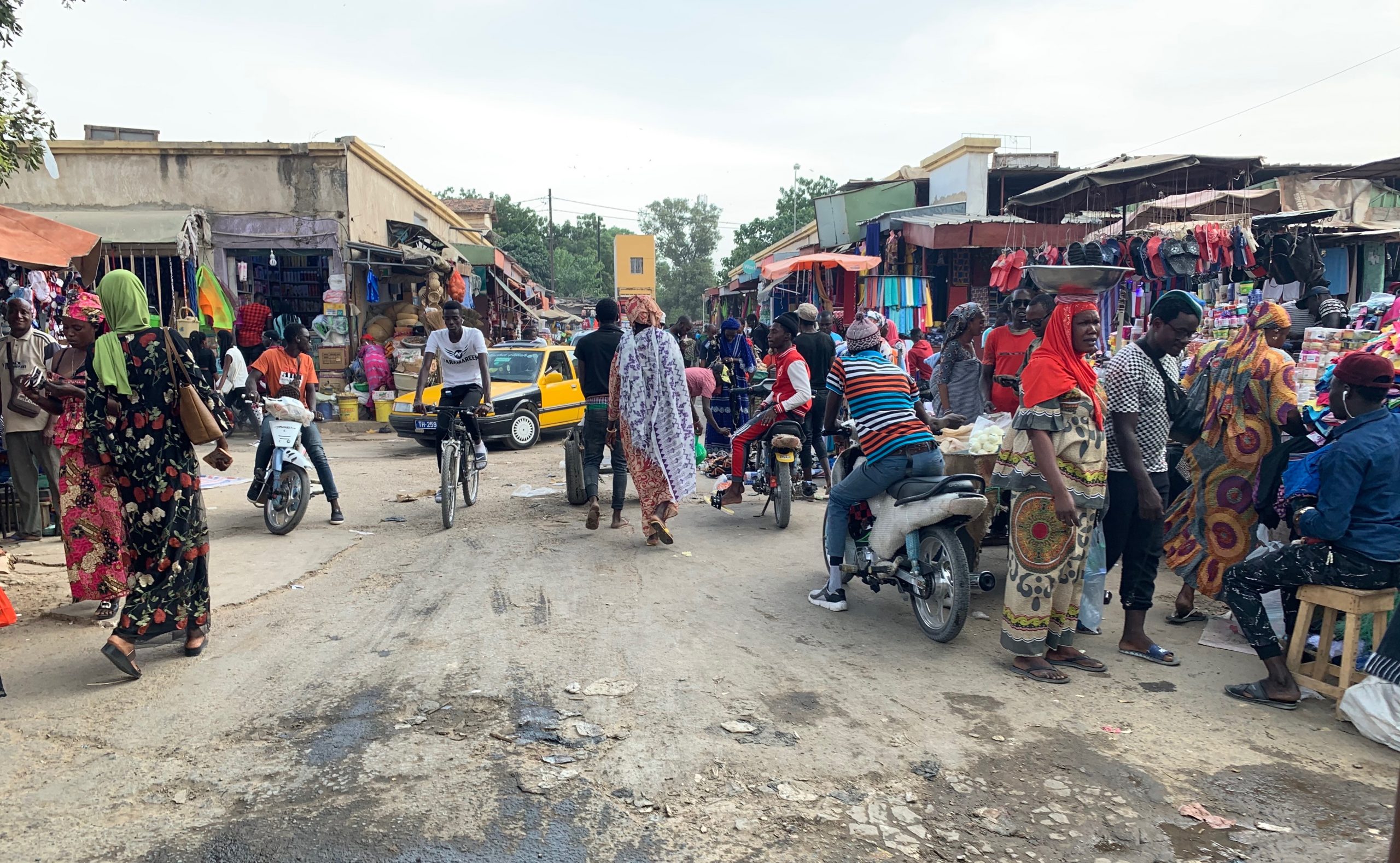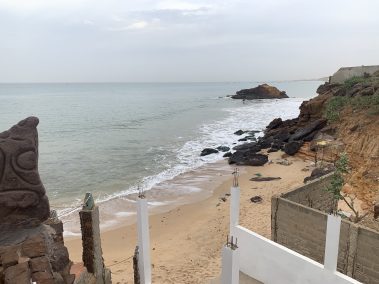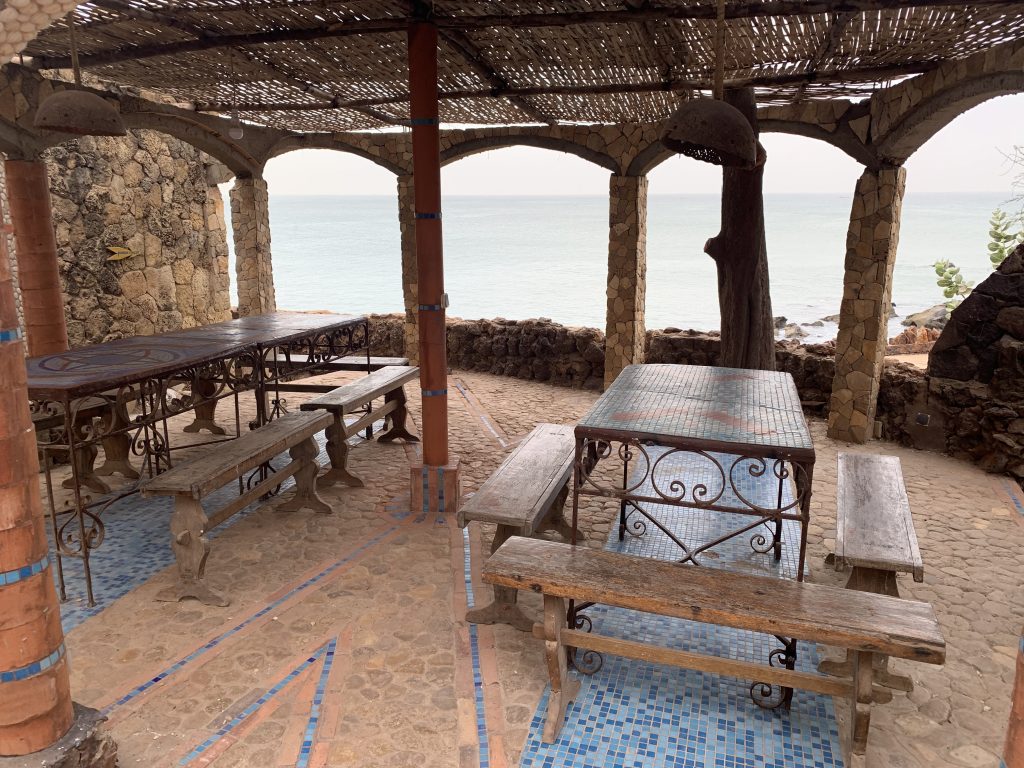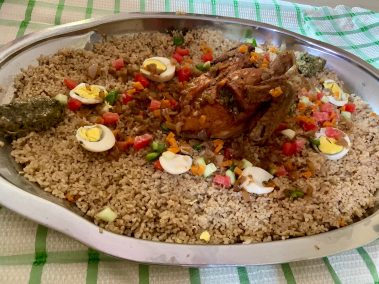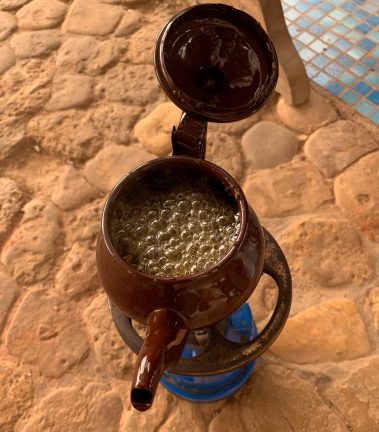by Silas, Tufts 1+4 Participant
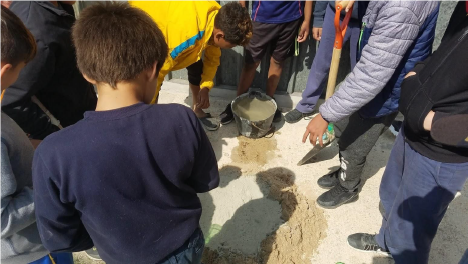
In a new place, I find myself fixating on even the littlest events as wins or losses. Noting a small victory is the most encouraging part of life here, no matter how small. Redefining my idea of success was a source of the never ending culture shock of this unfamiliar place. I arrived with big goals of understanding all the bus lines, having long, in-depth conversations with my host parents, or helping a kid with their math homework at my internship. A month in and I still use apps on most commutes, I bumble awkwardly through conversations, and I’m lucky if a kid wants to listen to me. But I have found motivation in the smaller wins while building towards my previous goals.
Usually they are events that I would not have even noticed back home, such as a simple conversation with a kid at my internship. On a beautiful Saturday, I found myself sitting on the sidelines of the kids’ soccer practice. I could not see my skills matching up to the young Uruguayans so I chose not to participate. One of the fifth graders, Tomás, joined me sitting on the stoop and started asking me about my pets. As I told him stories of my dog, George, of his hatred of mailmen, his fear of other dogs, and his unusual preferred treats, I noticed I was not having to plan out what I said, as I usually must with Spanish. Lucas loved it and then loved telling me about the strained relationship between his cat and his dog. Though the conversation lasted just a couple of minutes, I continue to think about it, a testament to how powerful these small victories can be.
Not a day goes by without small defeats, too. Similarly, usually they are things I would not have noticed back home but here, they amplify the general feeling of being a foreigner. Not understanding the layout of a grocery store and then not knowing how to say the ingredient I’m looking for, the interactions made awkward by my repeating of “¿Qué?”, or when the person I’m talking to must ask, “¿Qué?” because of my accent. When these build up, it can be demoralizing,making personal progress feel stagnant. However, it’s important to recognize these as a natural part of life here so they do not cause actual stagnation. Instead, I choose to focus on the absence of small defeats. In my first week, they seemed to far outweigh the small victories but as time has gone on, they inevitably have grown less and less frequent. For example, when Uruguayans ask, “¿Qué hora es?” (“What time is it?”), they blend all the sounds so it comes out as one syllable. This led to me having to ask them to repeat it every time until I began to learn and now I no longer experience this small defeat.
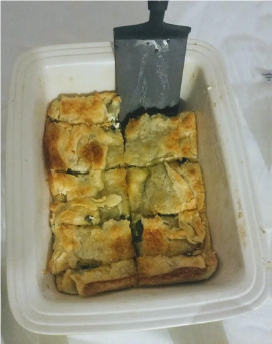
My time in Uruguay in the end may be defined by big successes such as becoming fluent in Spanish, making meaningful friendships, or completing a long term project at my internship. But until I am able to look back on it all, my time is defined by finally mastering the secret handshake my students taught me.
